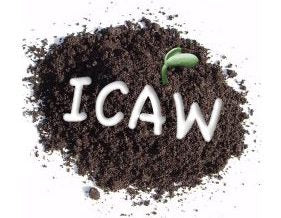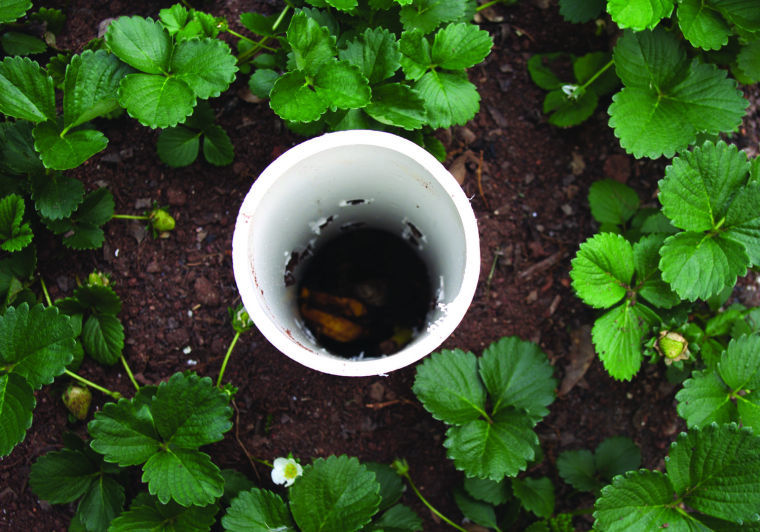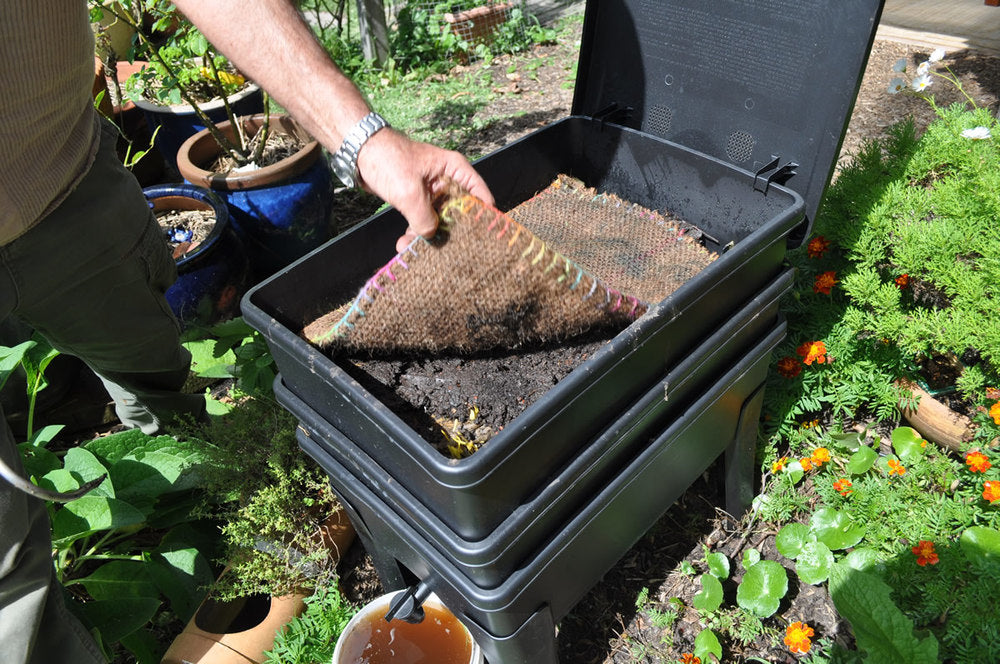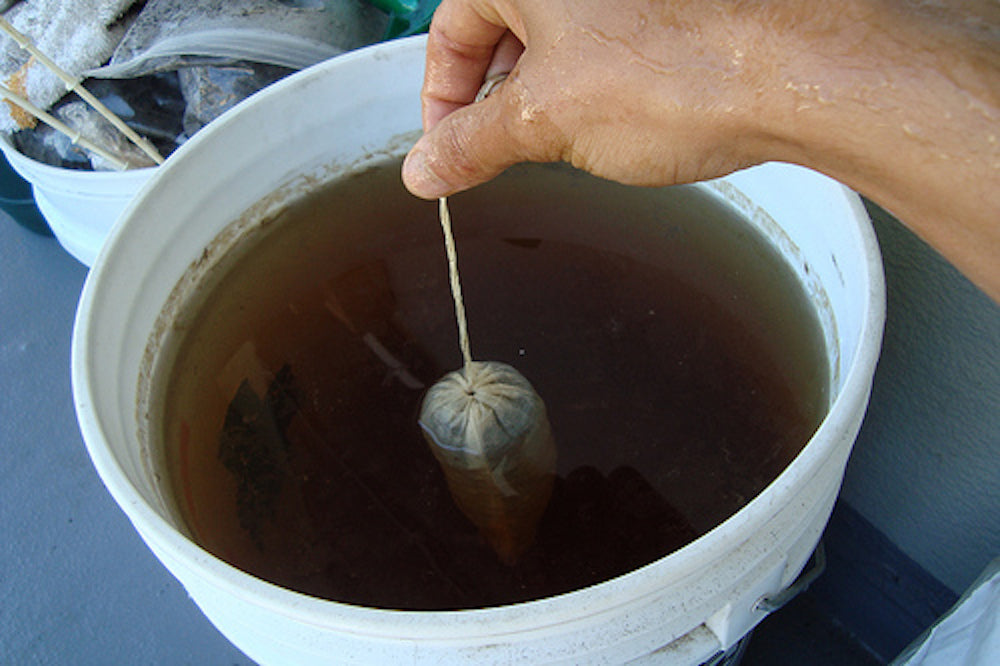Did you know, Sunday May 6 to Saturday May 12th is International Composting Awareness Week? The event was started by the Centre for Organic Research & Education (CORE), an Australian not-for-profit that’s been researching sustainable organic alternatives for 12 years now!
This year, in honour of ICAW Australia, we have a special blog featuring our ambassador Angus Stewart! Here he recommends his top three composting methods for urban gardeners, and how to compost with the Vegepod. But first, a little reminder why it’s so important to compost in this day and age.

Why We Should Compost
1) It saves you money - you don’t have to buy fertiliser and find a place to store it.
2) Importantly, it saves resources - no food waste going to landfill helping reduce your environmental footprint. Go ahead and try it to feel like an awesome human being.
3) It helps your plants grow stronger than ever before - you can go out and buy synthetic fertiliser sure, but organic worm tea is a superfood for plants that does everything from improving the quality of your soil to defending against leaf disease.
Want to know more about the value of worms in organic composting? Read our blog ‘The Benefits of Worm Juice’. Otherwise, here’s how you take a stab at it.
1) A Worm Composting Tower
 Image: The Anniston Star
Image: The Anniston Star
For the raised garden beds particularly this is a great technique. Just get a PVC pipe and drill holes into its sides (so worms can get in and out). Bury the pipe in the Vegepod soil. From there drop kitchen scraps into the hole and place worms nearby. The worms will feed off of the kitchen scraps and bury themselves into the soil, going in and out through the holes. This revitalises your soil and with worm castings and closes the loop in your recycling of Vegepod leftovers!
Angus’s Pro Tip: There are some great videos on YouTube out there. We recommend The Abled Gardeners video ‘Worm Towers from 5 Gallon Buckets’ to see how easy worm towers are to make.
2) An Above Ground Worm Farm
 Image: Compost Key
Image: Compost KeyIf you want to go a more traditional route, try an above ground worm farm. We won’t go into all the details of how to set that up here, but City of Sydney do an excellent instructional video.
Once you’ve set-up the worm farm, you simply have to collect the worm castings from collection tray (to refresh, worm castings is a fancy word for worm poop). Then dilute the castings with the water until the fertiliser is a weak tea colour. You’re then free to pour the liquid fertiliser you’ve made over the plants
Angus’s Pro Tip: Don’t use the worm castings direct on the plants as it will be too strong for them. Always dilute it down so they can absorb the nutrients easily. For the Vegepod this is particularly important - the plants are growing so fast they need quick nutrients!
3) ‘Compost Tea’

Lastly, if you don’t have the time to manage a compost heap, see if you can find a neighbour or friend nearby who does.
Once you’ve traded a sticky bun for some of their castings, you simply have to wrap the castings in an old pillow slip or sock and place it inside a watering can to ‘steep’. This creates a ‘compost tea bag’ for you to feed the plants with.
Angus’s Pro Tip: Don’t be afraid to pour the ‘worm tea’ over the vegetable leaves, the tea acts as a sunscreen that can prevent foliage disease. Just make sure to wash your plants thoroughly once you’re harvesting.
That’s it from us over at shedquarters! How do you compost? If you don’t, give it a try! Also, hashtag #ICAW #compost this week to help spread awareness and get the momentum going. Happy composting!


היו הראשונים להגיב